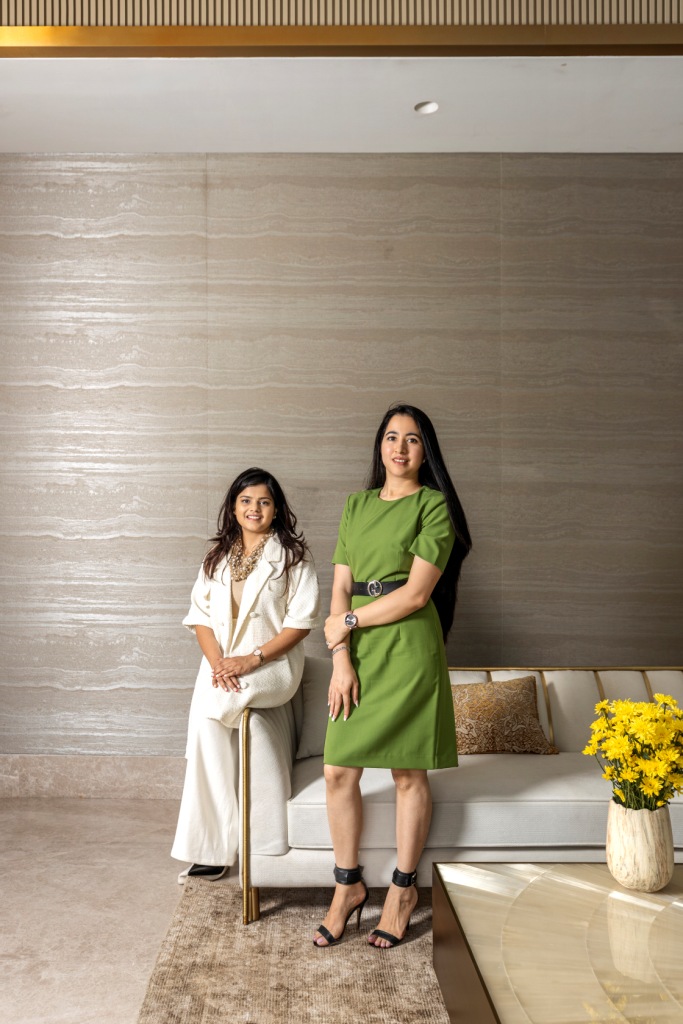Changing paradigms of designing hospitality interior
Article By Azure Interiors Hospitality is an industry where human interface is an essential part of the service, which in the post-pandemic era, has become suspect. So, we need to create interiors that would reduce human

Article By Azure Interiors
Hospitality is an industry where human interface is an essential part of the service, which in the post-pandemic era, has become suspect. So, we need to create interiors that would reduce human contact and enable fresh air circulation, leading to safe environments. It is also important to optimize space so that a sufficient number of tables can be accommodated while also maintaining required distancing, otherwise, it is not going to be profitable for the industry to run establishments.
For big and established hospitality companies, it may become easier to adapt to the new normal of creating seating with sufficient distancing since they are usually housed in large areas. But it may not be possible for smaller hotels and restaurants to do that. Also, there is always the fear that the indoors are not safe when people from everywhere are congregating in an enclosed space. So, these will be the challenges of adapting to the New Normal.


Post pandemic few planning strategies will now focus on:
More environmentally conscious – positive environmental outcomes when people are locked up inside houses. Nature became alive, designs that will now highly incorporate less carbon footprint, significant green spaces on exteriors/landscapes as well as in interiors. A life towards more fresh air/sunlight and open spaces for mental wellbeing.
Use of natural materials – Materials that would eliminate transfer of virus through surfaces in highly used areas. Antiviral materials like cork, biomimicry altered textures. Hygiene will now be the utmost luxury hence incorporate materials which are cleaned easily and reduce surviving life for virus. Protective shields as design elements – decorative screens used as a medium to define spaces and privacy for users, moveable panels to direct low traffic inside hospitality interiors through one -way circulation system.
Flexible use of spaces – designs which can change the need of the space at a point of emergency, easily converted into medical centers/hospitals/quarantine centers.
New age materials – soundproofing materials, reduced use of plastic materials and high usage of natural materials, low carbon footprint material, natural and organic materials colours of earthy touch – think stone, wooden finished, recycled fabrics and material and lots of greenery.
Custom-designed accessories drive value as they are specially tailored through creative thinking and imagination. They can be originated through custom themes or concepts to enhance the design brief of a space. Personalised experience. Branded accessories are available in abundance so a smart idea to use them is through giving a custom twist to it so that it makes a difference when used in your space vs when seen in another space.
One good outcome of the pandemic has been the general awareness of the need for a sustainable lifestyle. So we believe more and more people will be open to using sustainable building materials. As designers, we have always tried to push green materials, but until the client realizes the need for them, not much change can be achieved. This is the right time to embrace a sustainable lifestyle, and we will continue to promote materials that are locally sourced, and are renewable and recyclable.
—-
 English
English French
French German
German Italian
Italian



